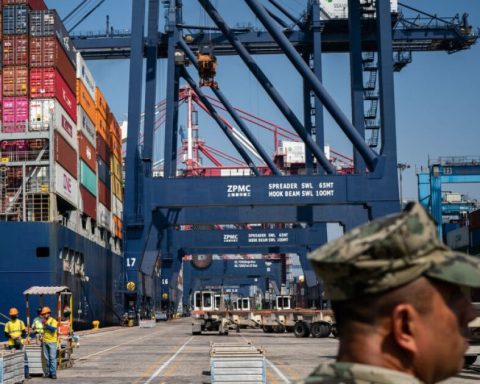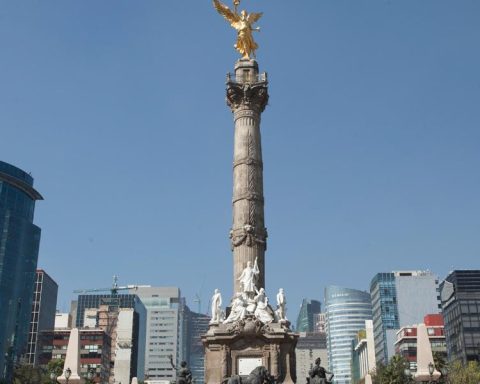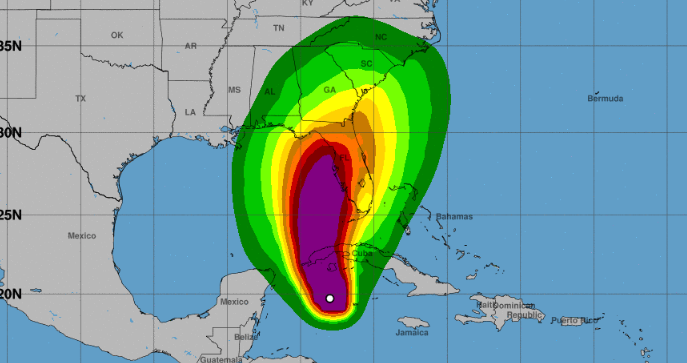L
a painful electoral defeat 2016 marked the start of the 2017 elections to elect governor in the state of Mexico. In 2016, 12 entities were disputed, of which, surprisingly, the PAN won seven and the tricolor only five. As a result of the result, the then president of the PRI, Manlio Fabio Beltrones, presented his irrevocable resignation. In his farewell speech, he stated the reasons for the punishment vote the party received.
The PRI lost the elections due to the errors of the government of Enrique Peña Nieto. In fact, the country was governed by Luis Videgaray, who turned out to be a clumsy political operator
. To this we must add the terrible results of the state governments that constituted what Peña Nieto called the new PRI
.
In 2017, one of the strategic questions was who is the enemy of the PRI? Sometimes it is not clearly visualized who is the enemy to defeat. At that time, there were two positions. One claimed that the enemy was the PAN, because it had won seven of 12 elections a year earlier and presented Josefina Vázquez Mota, an experienced politician and former presidential candidate in 2012, as its candidate. The other claimed that the enemy to defeat was Morena. For this position, the electoral processes are not a photograph, what the polls do, nor are they a conjuncture, but a historical process that takes into account the way in which the political actors have played in previous processes.
Since the arrival of Andrés Manuel López Obrador to the national leadership of the PRD, the party had a level of competition that was increasing in the state of Mexico and that made the trend predictable, within the framework of a historical analysis. In the 1993 election, to elect governor, the PRD obtained 8.70 percent of the total vote. Six years later, in 1999, when AMLO was the national leader, it reached 22.99 percent. For 2005 it went up to 24.25. In 2011, when Eruviel Ávila reached 62 percent of the vote and the PAN plummeted to 12.28, the PRD remained slightly above 20 percent.
The dilemma that the PRI had was to guide its electoral strategy by the result of 2016 or to recognize that when AMLO is a direct protagonist, the vote for his party tends to increase. If they had chosen to recognize the structural weakness of the PRI, its poor candidate, and that the main enemy to defeat was Morena and not the PAN, it would have been possible to maintain a strong alliance with the PAN, PRD, PVEM, Panal and PES.
However, the idea of having the PAN as an enemy prevailed. For this reason, the first decision proposed by Alejandra Sota –who was Felipe Calderón’s political adviser and one of those responsible for the defeat in the elections against the PRI in 2012– was to directly attack the candidate’s family for corruption and illicit enrichment using information provided by the Ministry of Finance and Public Credit. The accusation was that they managed 400 million pesos whose origin was illicit, this added to a lousy campaign, led the PAN to the electoral precipice. Paradoxically, on May 27, 2016, shortly before the elections, the PGR exonerated the candidate’s family and assured that there was no investigation file against her.
With the PRD and its candidate, Juan Zepeda, the PRI and the federal government did the opposite. From the beginning they provided them with substantial resources to develop an expensive campaign that had good results. This is one of the factors that explains why the PRI won the election by a small margin. The PRI, PVEM, Panal and PES alliance obtained 34.73 percent of the vote. Morena 31.86, PRD 18.46 and PAN 11.27. The difference between the PRI and Morena was only 2.87 percent. If the PRI had not made a mistake in its initial strategy, surely the final result would have been a comfortable victory.
The collapse of the PAN favored Morena, for the first time in history; the blue runner, formed by Naucalpan, Tlalnepantla, Atizapán de Zaragoza, Cuautitlán and Cuautitlán Izcalli, among other municipalities, was won by Delfina Gómez from Moreno.
What will happen in 2023? It is premature to know, so far, the three allies that accompanied the PRI in 2017 are no longer on his side. The PES lost its registration in the 2018 local elections, and it does not have a national registration either. PVEM and Panal are allies of Morena, so the PRI urgently needs to consolidate the alliance with PAN and PRD, which is currently fractured. Putting it back together seems like a challenge, although the spokesman for the business right, Claudio X. González, pointed out that the coalition Goes for Mexico, goes because it goes.
The 2017 election in the state of Mexico served as a political laboratory. He made it clear that, from then on, the three PAN, PRI and PRD parties could not face Morena alone, because to beat him they had to form a de facto or de jure coalition, they did not understand it and in 2018 they went alone.
*Political analyst















